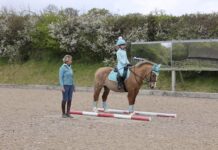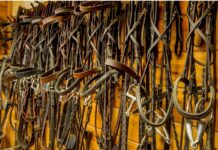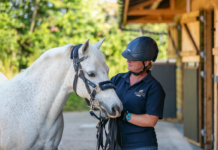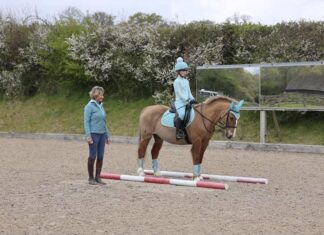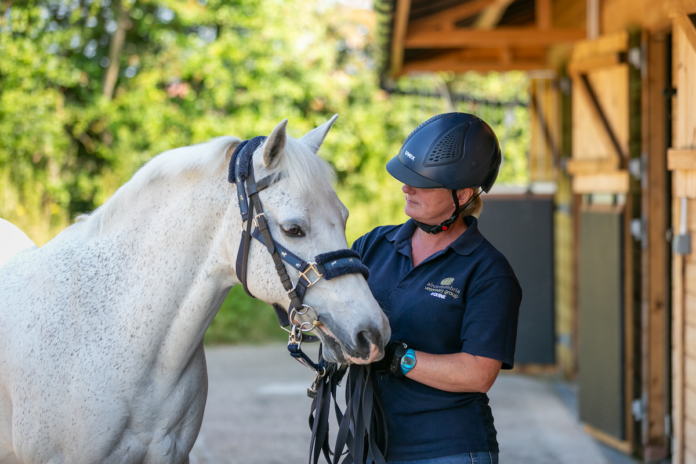
It’s an issue ETN has highlighted for years…
Up-to-standard riding hats have been made compulsory by a nationwide veterinary group for employees treating horses.
CVS Equine - which employs 200 vets plus nurses and technicians across 22 practices – says they must all wear hats when working with horses, ponies or donkeys at practice sites, on yards and at clients’ premises.
Everyone needing a helmet is provided with one by their practice, creating sales opportunities for the trade.
The hats must meet PAS 015 (1998 or 2011) or VG1 with a BSI kitemark and CE logo, and are replaced at least every five years or after any impact.
CVS Equine introduced mandatory personal protective equipment (PPE) for all veterinary colleagues following a three-year collaborative research project with the University of Liverpool.
The work, funded with £74,400 from CVS, revealed that 90% of veterinary clinicians have experienced an injury during their career.
“Vets are often in a vulnerable situation when examining a horse. And it’s difficult to pick up on a horse’s signals, especially when examining areas such as distal [furthest part of the] limbs,” said Dr John Tulloch who led the study.
“Our research found that many injuries happen when a horse kicks or pushes a person over and the person’s head makes impact with the ground.
“So, wearing a hard hat will be a big step towards preventing traumatic head injuries if this were to happen.”
Sophie Ignarski, equine director at CVS said that making helmet wearing compulsory for vets and other staff was “a policy shift [that] represents a degree of change but [we] hope that it serves to further support and progress the equine veterinary industry more widely.”
ETN highlights the issue
Back in September 2014, ETN reported how 23% of vets who got hurt while treating horses had sustained head injuries.
“It’s easy to see how this happens,” wrote ETN editor Liz Benwell at the time. “Just the other day, I cringed while watching a bare-headed vet attempting to inject a horse while it waved its front hooves around her ears.
“May I suggest practicing vets visit their local retailer, ask for a BETA-trained hat fitter and buy themselves a decent riding hat?”
Then last year, ETN again addressed the value of wearing riding hats out of the saddle. “Maybe vets should consider hard hats as they crouch down while examining a horse’s legs or underside,” we said.
The British Equine Veterinary Association (BEVA) encourages vets to wear hard hats as part of their PPE. Some veterinary colleges make it compulsory for vet students to wear hats; others use a risk-based approach.



